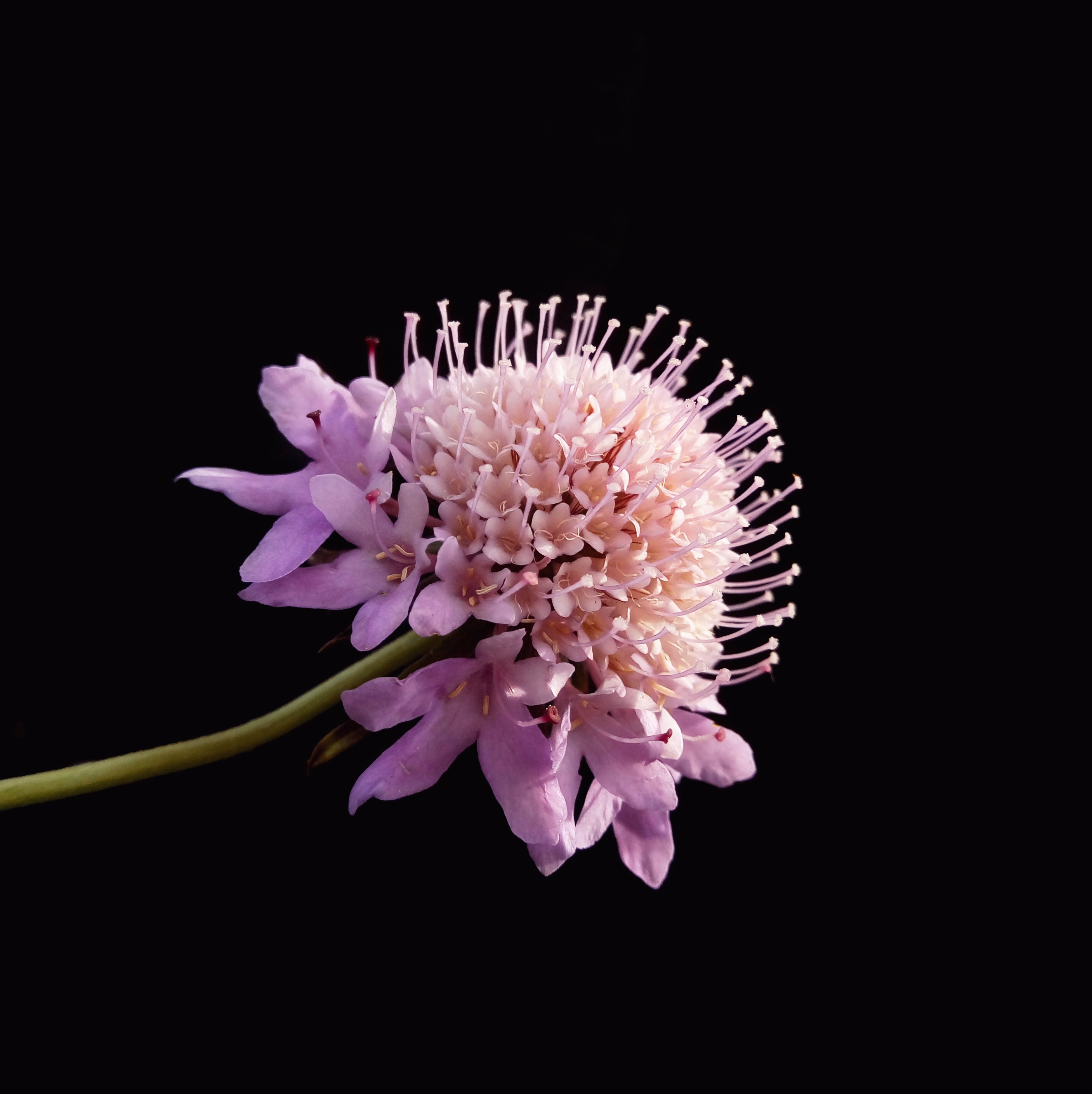|
Scabiosa Triandra
''Scabiosa triandra'' is a species of scabious belonging to the family Caprifoliaceae The Caprifoliaceae or honeysuckle family is a clade of dicotyledonous flowering plants consisting of about 860 species, in 33, to 42 genera, with a nearly cosmopolitan distribution. Centres of diversity are found in eastern North America and ea .... Description ''Scabiosa triandra'' can grow up to in height. Flowering period extends from June to September. Distribution This species can be found in Southern Europe. References triandra {{Dipsacales-stub ... [...More Info...] [...Related Items...] OR: [Wikipedia] [Google] [Baidu] |
Species
In biology, a species is the basic unit of Taxonomy (biology), classification and a taxonomic rank of an organism, as well as a unit of biodiversity. A species is often defined as the largest group of organisms in which any two individuals of the appropriate sexes or mating types can reproduction, produce Fertility, fertile offspring, typically by sexual reproduction. Other ways of defining species include their karyotype, DNA sequence, morphology (biology), morphology, behaviour or ecological niche. In addition, paleontologists use the concept of the chronospecies since fossil reproduction cannot be examined. The most recent rigorous estimate for the total number of species of eukaryotes is between 8 and 8.7 million. However, only about 14% of these had been described by 2011. All species (except viruses) are given a binomial nomenclature, two-part name, a "binomial". The first part of a binomial is the genus to which the species belongs. The second part is called the specifi ... [...More Info...] [...Related Items...] OR: [Wikipedia] [Google] [Baidu] |
Scabious
''Scabiosa'' is a genus in the honeysuckle family (Caprifoliaceae) of flowering plants. Many of the species in this genus have common names that include the word scabious, but some plants commonly known as scabious are currently classified in related genera such as '' Knautia'' and '' Succisa''; at least some of these were formerly placed in ''Scabiosa''. Another common name for members of this genus is pincushion flowers. Etymology The common name 'scabious' comes the Latin word ''scabiosus'' meaning 'mangy, rough or itchy' which refers to the herb's traditional usage as a folk medicine to treat scabies, an illness that causes a severe itching sensation. Description Some species of ''Scabiosa'' are annuals, others perennials. Some are herbaceous plants; others have woody rootstocks. The leaves of most species are somewhat hairy and partly divided into lobes, but a few are smooth and some species have simple leaves. The flowers are borne on inflorescences in the form of heads ... [...More Info...] [...Related Items...] OR: [Wikipedia] [Google] [Baidu] |
Caprifoliaceae
The Caprifoliaceae or honeysuckle family is a clade of dicotyledonous flowering plants consisting of about 860 species, in 33, to 42 genera, with a nearly cosmopolitan distribution. Centres of diversity are found in eastern North America and eastern Asia, while they are absent in tropical and southern Africa. Description The flowering plants in this clade are mostly shrubs and vines: rarely herbs. They include some ornamental garden plants grown in temperate regions. The leaves are mostly opposite with no stipules (appendages at the base of a leafstalk or petiole), and may be either evergreen or deciduous. The flowers are tubular funnel-shaped or bell-like, usually with five outward spreading lobes or points, and are often fragrant. They usually form a small calyx with small bracts. The fruit is in most cases a berry or a drupe. The genera ''Diervilla'' and ''Weigela'' have capsular fruit, while ''Heptacodium'' has an achene. Taxonomy Views of the family-level clas ... [...More Info...] [...Related Items...] OR: [Wikipedia] [Google] [Baidu] |
Caprifoliaceae - Scabiosa Triandra
The Caprifoliaceae or honeysuckle family is a clade of dicotyledonous flowering plants consisting of about 860 species, in 33, to 42 genera, with a nearly cosmopolitan distribution. Centres of diversity are found in eastern North America and eastern Asia, while they are absent in tropical and southern Africa. Description The flowering plants in this clade are mostly shrubs and vines: rarely herbs. They include some ornamental garden plants grown in temperate regions. The leaves are mostly opposite with no stipules (appendages at the base of a leafstalk or petiole), and may be either evergreen or deciduous. The flowers are tubular funnel-shaped or bell-like, usually with five outward spreading lobes or points, and are often fragrant. They usually form a small calyx with small bracts. The fruit is in most cases a berry or a drupe. The genera ''Diervilla'' and ''Weigela'' have capsular fruit, while ''Heptacodium'' has an achene. Taxonomy Views of the family-level classification ... [...More Info...] [...Related Items...] OR: [Wikipedia] [Google] [Baidu] |


